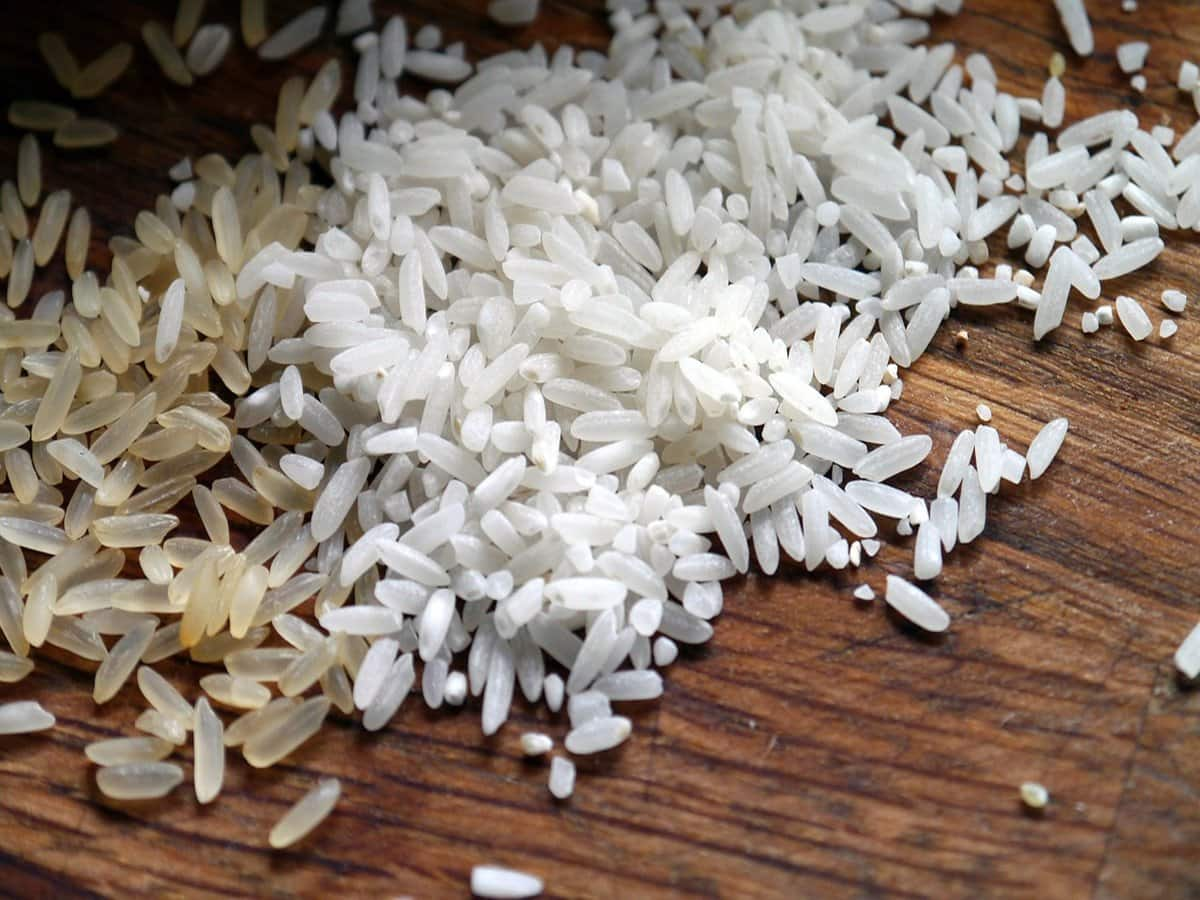In a significant move to enhance India’s agricultural export sector, the government has recently abolished the 10% export duty on white rice, including parboiled rice. This decision aims to boost the competitiveness of Indian rice in the global market and ensure better returns for farmers. With this strategic step, traders and exporters can expect a more favorable environment for conducting international business, thereby contributing to India’s economy.
Impact of the Removal of Export Duty on White Rice
The elimination of the Minimum Export Price (MEP) on non-basmati white rice is expected to have profound implications for both farmers and exporters. By lifting this duty, the government is making it easier for exporters to sell rice at more competitive prices in international markets.
Benefits for Farmers
Farmers are poised to benefit significantly from this policy change. Without the burden of export duties, they can potentially enjoy higher profit margins on their produce. Improved export incentives may lead to an increase in overall rice production, as farmers strive to meet international demand.
Boosting India’s Global Rice Presence
With a considerable contribution to the global rice market, India’s position as a rice exporter is crucial. The removal of export duties not only enhances India’s appeal as a reliable supplier of rice but also encourages global customers to seek Indian rice over competitors. This shift could lead to increased foreign exchange earnings and a stronger agricultural sector.
Government’s Future Plans for Agricultural Exports
Sources indicate that the government is preparing to issue an official notification regarding this policy change shortly. The proactive stance of the government reflects its commitment to revitalizing the agricultural export framework, ensuring that both farmers and exporters are adequately supported.
Long-term Agricultural Strategies
Looking ahead, the government may also explore additional measures to further stimulate agricultural exports. Investments in infrastructure, better farming technology, and global marketing initiatives are essential strategies that can complement the removal of export duties. Strengthening these areas ensures that India remains a leader in agricultural exports on the world stage.
Conclusion
The abolition of the 10% export duty on white rice signifies a pivotal moment for India’s agricultural sector. By fostering a more favorable export environment, the government is setting the stage for greater economic growth and increased revenue for farmers. As more details are officially announced, stakeholders in the rice production and export sectors must stay informed and agile to adapt to the evolving landscape.
